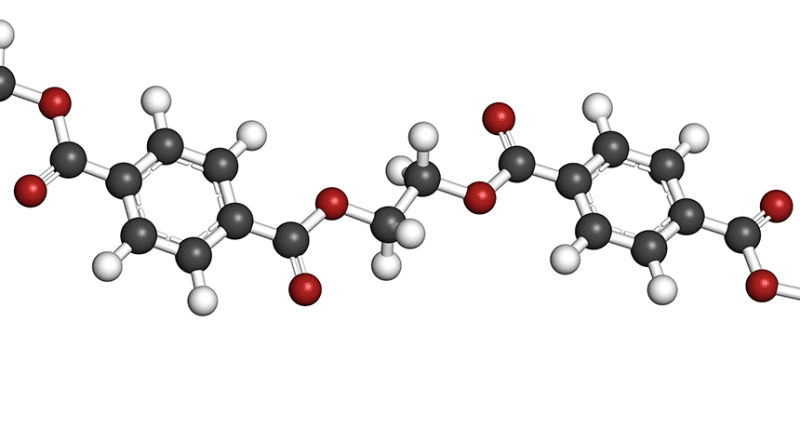Class 7 Science Important Question Answers - Synthetic Fibres and Plastics
Q.1 Name some natural fibres?
Answer: Fibres obtained from plants or animals is called natural fibres for examples cotton, wool, silk, etc.
Q2. What do you mean by synthetic fibres?
Answer: Fibres made by human beings using chemical substance is called synthetic fibre. A synthetic fibre is a chain of small unit of chemical substance joined together. These small units combine to form a large single unit called a polymer. The word ‘polymer’ comes from two Greek words; poly meaning many and mer meaning part/unit. So, a polymer is made of many repeating units.
Q3. Name a polymer occurs naturally?
Answer: Polymers that occur naturally is cellulose. Cellulose is made up of a large number of glucose units.
 Polymer
Polymer
Q4. Name a fibre having properties similar to that of silk.
Answer: Rayon.
Q5. Although rayon is obtained from a natural source, wood pulp, yet it is a man-made fibre. Why?
Answer: This is because rayon is obtained by chemical treatment of wood pulp.
Q6. Why does Nylon become very popular for making clothes for mankind?
Answer: Nylon is the first fully synthetic fibre prepared from coal, water and air in 1931. Nylon fibres are strong, elastic and light. It is lustrous and easy to wash. So, it became very popular for making clothes.
Q7. Is nylon fibre really so strong that we can make nylon parachutes and ropes for rock climbing?
Answer: Yes, It is because nylon thread is actually stronger than a steel wire.
Q8. Why does polyester fibre quite suitable for making dress material?
Answer: Fabric made from Polyester fibre does not get wrinkled easily. It remains crisp and is easy to wash. So, it is quite suitable for making dress material. Terylene is popular polyester.
Q9. Name a form of polyster which is used for making bottles, utensils, films, wires and many other useful products?
Ans: PET: PET (polyethylene terephthalate) is made from two monomers, terephthalic acid and ethylene glycol, by the process called condensation polymerization
Q10. Name the chemical used to make polyster?
Answer: Esters are the chemicals used to make polyster.
Q11. Why synthetic fibres are more popular than natural fibres?
Answer: Synthetic fibres dry up quickly, durable, less expensive, readily available and easy to maintain which makes them more popular than natural fibres.
Q12. Identify the Synthetic fibre appears to resemble wool?
Answer: acrylic.
|
18 videos|34 docs|19 tests
|
FAQs on Class 7 Science Important Question Answers - Synthetic Fibres and Plastics
| 1. What are synthetic fibers and plastics? |  |
| 2. What are the advantages of using synthetic fibers and plastics? |  |
| 3. Are synthetic fibers and plastics harmful to the environment? |  |
| 4. Can synthetic fibers and plastics be recycled? |  |
| 5. What are some alternatives to synthetic fibers and plastics? |  |

















